SPRING PERENNIALS
Apr 03, 2023
Spring Perennials
Spring perennials are plants that bloom in spring, usually from March to May. They are called perennials because they are plants that come back year after year, unlike annuals that die off after one season. Spring perennials are a great addition to any garden or landscape, adding vibrant colors and textures.
Some popular spring perennials include daffodils, tulips, hyacinths, crocuses, and irises. These flowers are known for their vibrant colors and lovely fragrances and are easy to care for. Other popular spring perennials include bleeding heart, phlox, and hellebores.
When planting spring perennials, choosing a location with sunlight and well-draining soil is essential. Most spring perennials prefer moist, well-drained soil, so it is critical to water them regularly. Fertilizing the plants with a balanced fertilizer can also help ensure healthy growth and blooming.
Spring perennials can be planted in beds, borders, or containers and combined with other types of plants to create a beautiful landscape. With the proper care, these plants can thrive for many years, bringing color and beauty to your outdoor space.
Spring perennials typically bloom in the spring, depending on the region and climate. In general, spring perennials start blooming in March and continue to bloom until May. The exact bloom time for specific plants will depend on the species, the climate, and the location where they are planted. It's a good idea to research the particular spring perennials you are interested in growing to understand better when they typically bloom in your area.
Where to buy Spring bulbs?
Buy spring bulbs at Native Wildflowers Nursery. Spring perennials are known for their vibrant colors, which can add color to your garden after the dull winter months.
Most spring perennials are low maintenance and require minimal care once established. This makes them an excellent choice for busy gardeners or those new to gardening.
Because they come back year after year, spring perennials can be a cost-effective option compared to annuals that need replanting yearly.
Spring perennials attract pollinators such as bees and butterflies, which are essential for the health and well-being of the ecosystem.
There is a wide variety of spring perennials, so you can select plants that suit your style and taste.
Spring perennials are great for adding color, beauty, and biodiversity to your garden or landscape.
Spring perennials can be planted in various garden types, depending on your preferences and the plants you choose. Here are a few types of gardens where spring perennials are often planted:
Spring perennials are perfect for adding color and interest to flower beds. You can plant them in groups or mix them with other perennials or annuals to create a colorful display.
Spring perennials for sale at Native Wildflowers Nursery
Many spring perennials, such as daffodils and crocuses, do well in rock gardens. These plants add color and texture to the space, and their low-growing habit makes them ideal for filling in small gaps between rocks.
Spring perennials can also be planted in containers, which is ideal if you have limited space or want to create a mobile display. You can produce a single type of spring perennial in each container or mix and match different plants for a varied collection.
Some spring perennials, such as daffodils and snowdrops, do well in naturalized areas where they can spread and multiply. These plants add color and interest to open spaces like meadows or woodland rooms.
Overall, spring perennials are versatile plants used in various garden types. The key is to choose plants that suit your style and the conditions in your garden.
Spring perennials can be a great addition to any garden or landscape. They offer various colors, shapes, and textures that can add interest and beauty to your outdoor space. They are also low-maintenance, cost-effective, and attract pollinators. Choose plants well-suited to your particular region, soil type, and climate to ensure they thrive. You may consult with a local gardening expert or research the specific needs of the plants you are interested in before making any decisions.

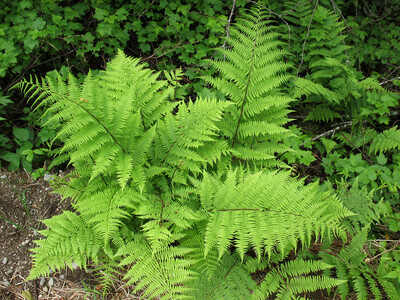 Native Ferns
Native Ferns
 Native Mosses
Native Mosses
 Native Perennials
Native Perennials
 Native Ground Covers
Native Ground Covers
 Native Trees
Native Trees
 Pollinators
Pollinators
 Shop Bloom Color
Shop Bloom Color
 Perennials By Zone
Perennials By Zone
 Medicinal Herb Plants
Medicinal Herb Plants
 Spring Bulbs
Spring Bulbs
 Trillium
Trillium
 Shop By Zone
Shop By Zone
 Flowering Groundcovers
Flowering Groundcovers
 Evergreen Groundcovers
Evergreen Groundcovers
 Ferns for Zone 3
Ferns for Zone 3
 Ferns for Zone 4
Ferns for Zone 4
 Ferns for Zone 5
Ferns for Zone 5
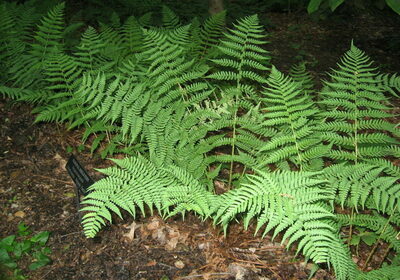 Ferns for Zone 6
Ferns for Zone 6
 Ferns for Zone 7
Ferns for Zone 7
 Ferns for Zone 8
Ferns for Zone 8
 Christmas bows
Christmas bows
 Fresh Wreaths
Fresh Wreaths
 Garlands
Garlands
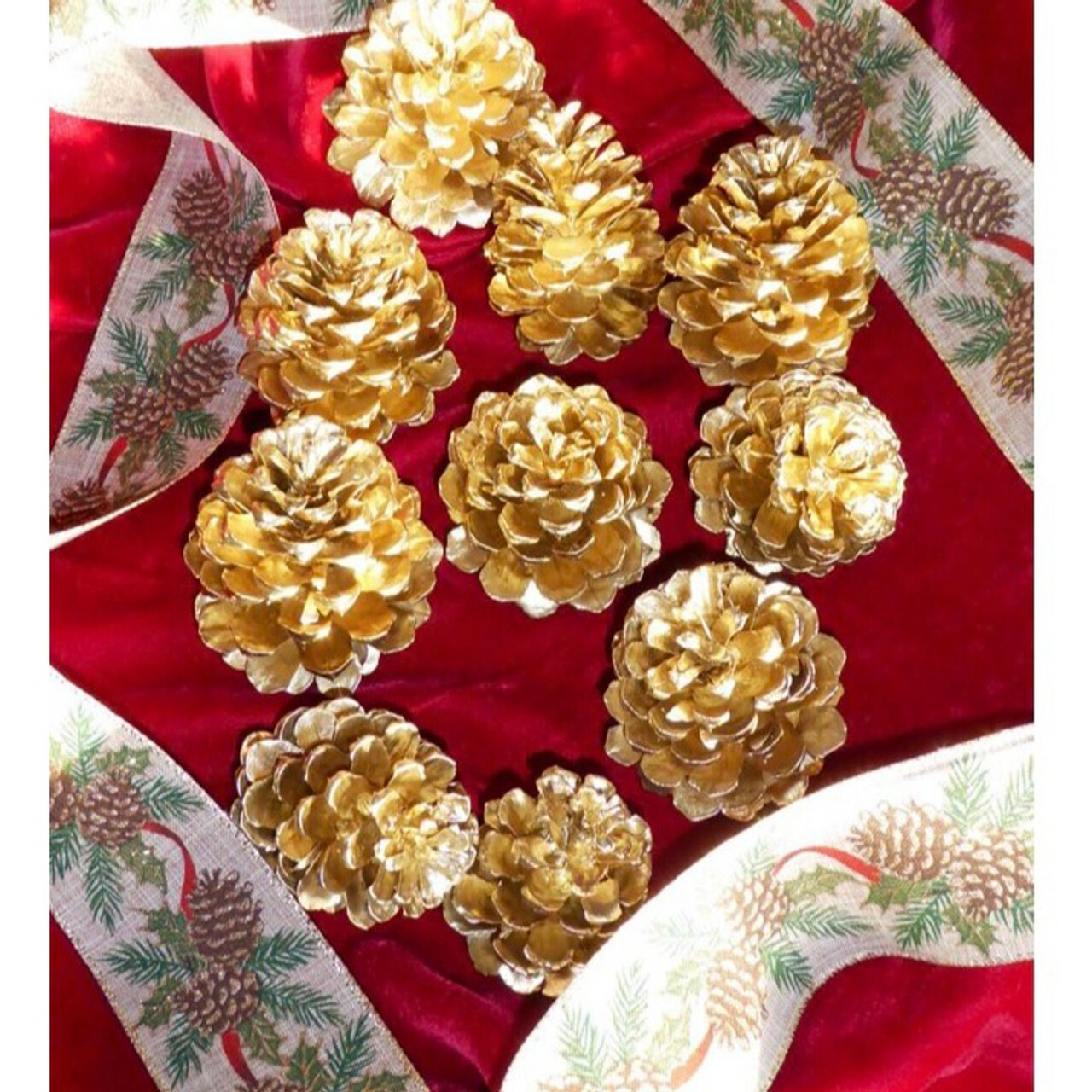 Large Pine Cones
Large Pine Cones
 Live Mistletoe
Live Mistletoe
 Moss
Moss
 Shop Trees By Zone
Shop Trees By Zone
 Tree Seedlings
Tree Seedlings
 Fast Growing Trees
Fast Growing Trees
 Pine Trees
Pine Trees
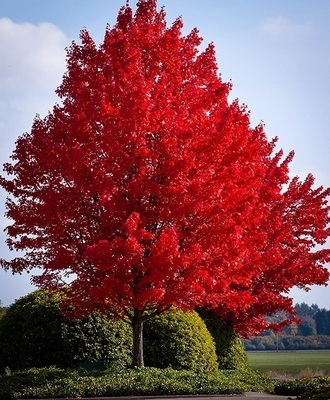 Live Stakes
Live Stakes
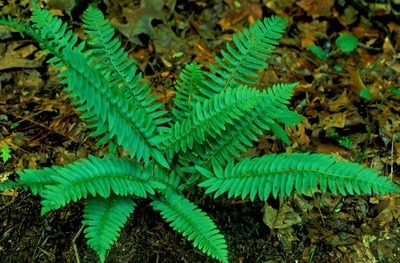 Evergreens
Evergreens
 Cactus
Cactus
 Combos
Combos
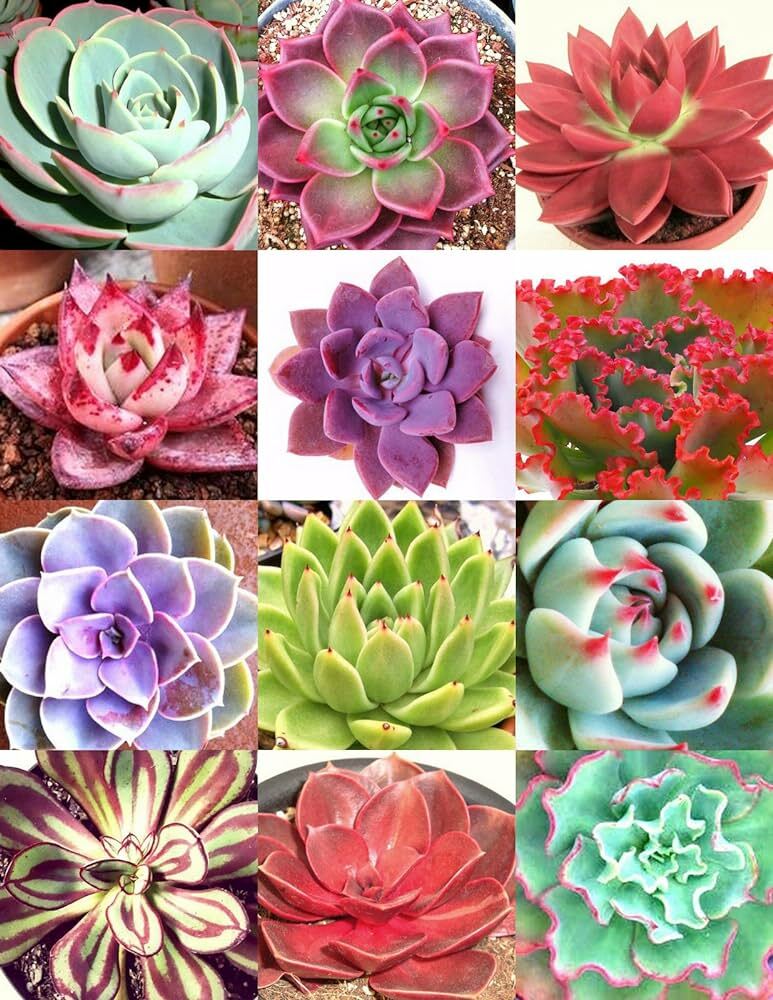 Echeveria
Echeveria
 Haworthia
Haworthia
 Sedum - Stonecrop
Sedum - Stonecrop
